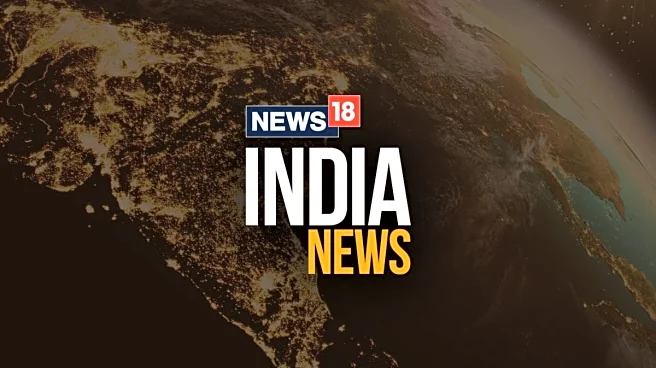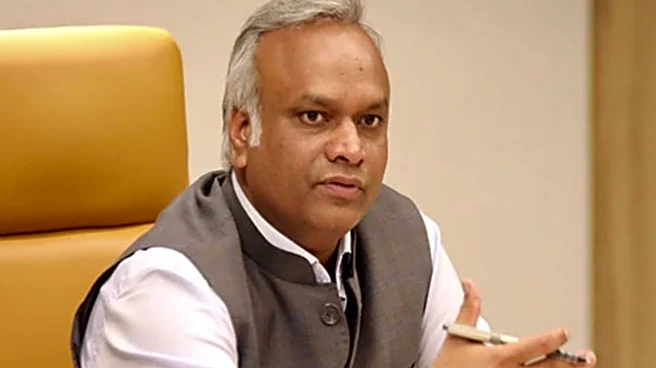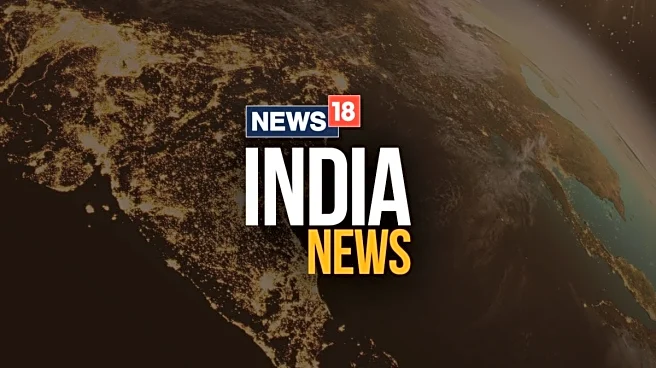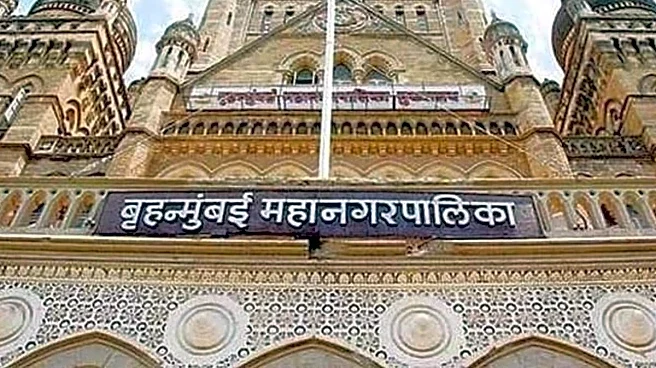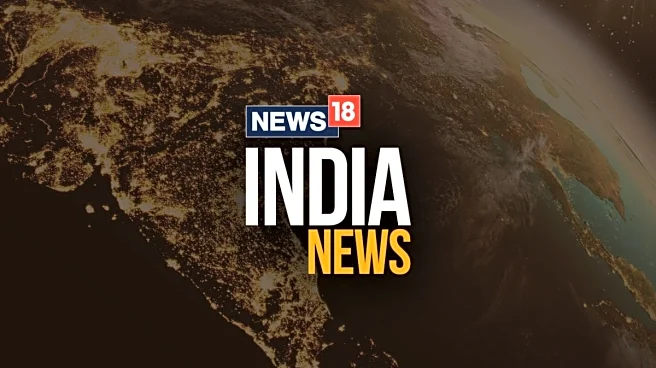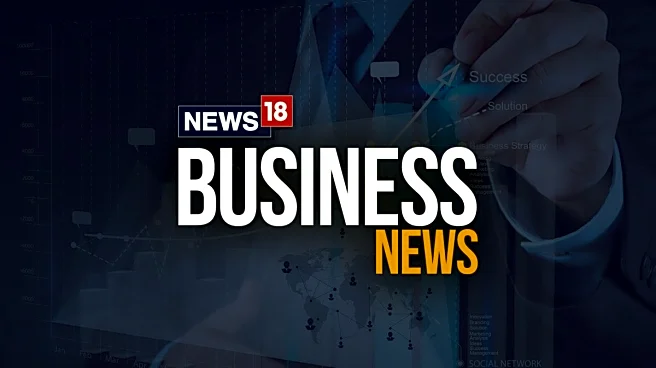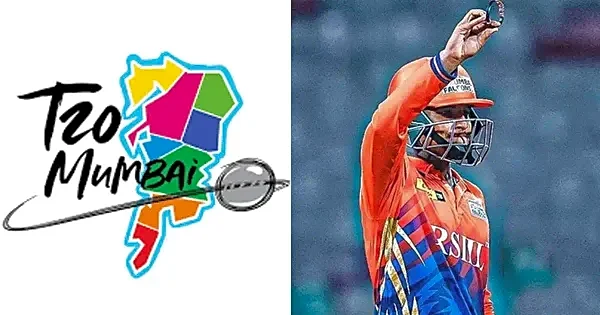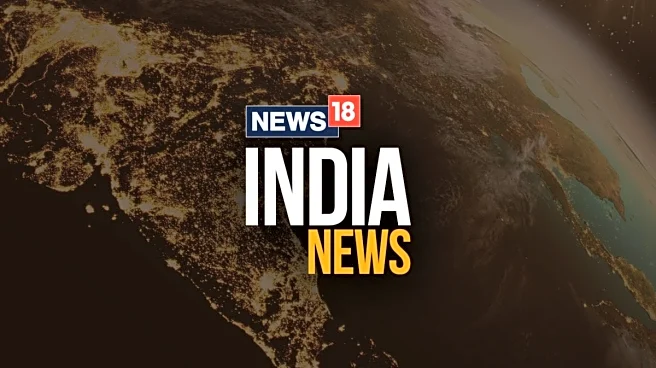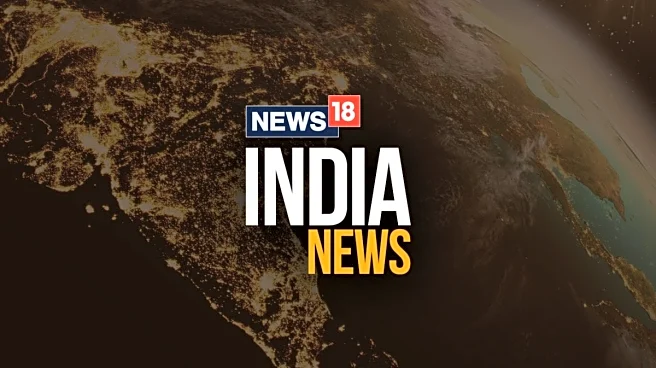The Mumbai Metropolitan Region Development Authority (MMRDA) is building a network of 300+ km of key Metro infrastructurein the city and suburbs. A majority of the 374km of metro corridors under development are likely to be at least partly operational by 2027.
How will the network look like in five years?
How many Metro lines are already under construction?
Mumbai MetroLine 2B(DN Nagar-Mandale): 23.6 km, 20 stations.
Mumbai Metro Line 4 + 4A(Wadala-Gaimukh): 32.3 km + 2.9 km extension.
Mumbai Metro Line 5 (Thane-Bhiwandi-Kalyan): 24.9 km.
Mumbai Metro Line 6 (Swami Samarth Nagar-Vikhroli): 15.3 km.
Smaller and connecting lines such as Line 7A, Line 9, Line 12, etc.
Your seamless journey on #MetroLine3 is also possible with #MumbaiONE App! 🎫 📱 Enjoy quick, cashless ticketing for #AquaLine and beyond.🚇@MMMOCL_Official#MumbaiONEApp
#MumbaiMetro #CashlessCommute #SmartTransit#ConnectingTheUconnected pic.twitter.com/Sngy03Rhwa
— MumbaiMetro3 (@MumbaiMetro3) October 11, 2025
How many Metro lines will be ready by 2030?
A much-extended network reaching far into the suburbs (North, East, West) and linking previously peripheral areas will be operational by 2030, thus improving connectivity between metro, suburban rail, buses and other modes.
The fact file of Metro lines
Line 2B (DN Nagar-Mandale): Targeted completion around 2025-26 for the main section. By 2030, this line should be fully operational.
Line 4 / 4A (Wadala-Gaimukh): First phase targeted for 2025, subsequent phases into 2026. By 2030, this corridor should be fully operational.
Line 5 (Thane-Bhiwandi-Kalyan): Work is underway; some stretch may open by 2025-26.
Line 6 (Swami Samarth Nagar-Vikhroli): Expected late 2026 for first section. By 2030, it should be working.
Line 9 (Dahisar E-Mira Bhayandar): Elevated corridor, phase-wise opening expected 2025/26.
Line 12, Line 10, Line 14 etc. (Proposed and longer-term corridors): These may partially open by 2030, but completion of full line will stretch beyond.
What this means for commuters
This would mean much shorter travel times across suburbs and to business/airport hubs. Areas such as Thane, Bhiwandi, Kalyan, Mira-Bhayandar will have metro access rather than just suburban trains or road.
This will also mean less dependency on road transport for major corridors (with parallel metro lines).
One can expect easier switching between metro lines, suburban rail and buses. For example, the MMRDA projects 60 lakh (6 million) daily metro passengers once the network is fully operational by 2031.
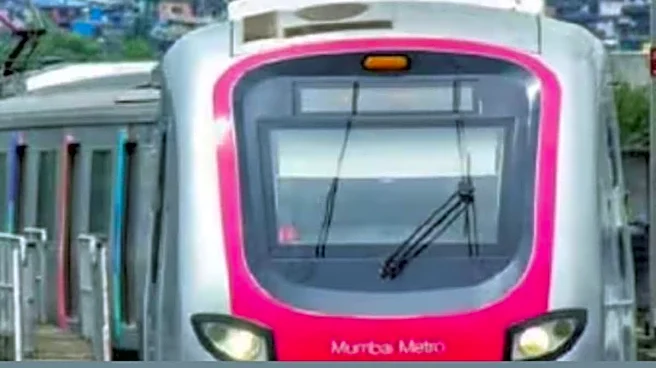

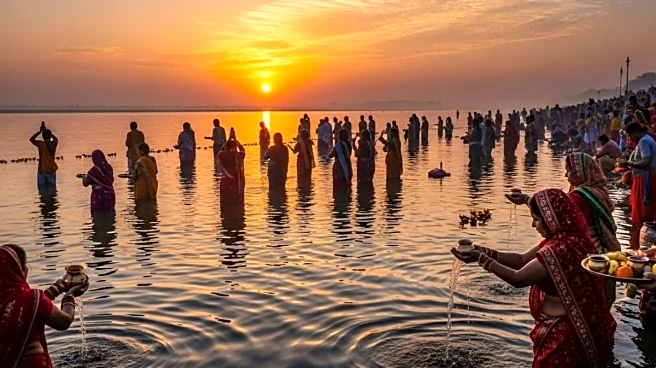
/images/ppid_a911dc6a-image-176140313138348399.webp)
